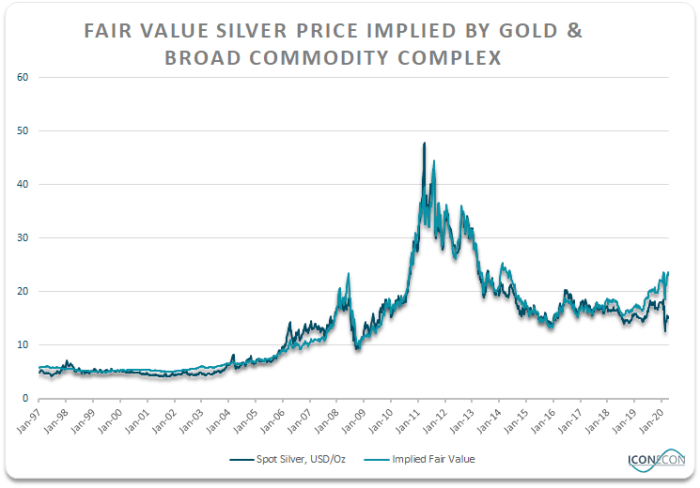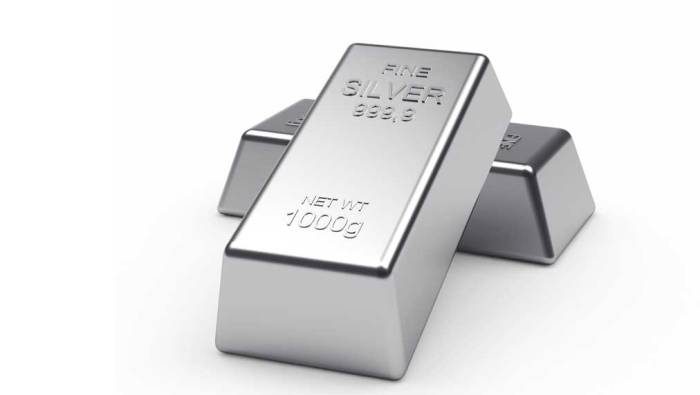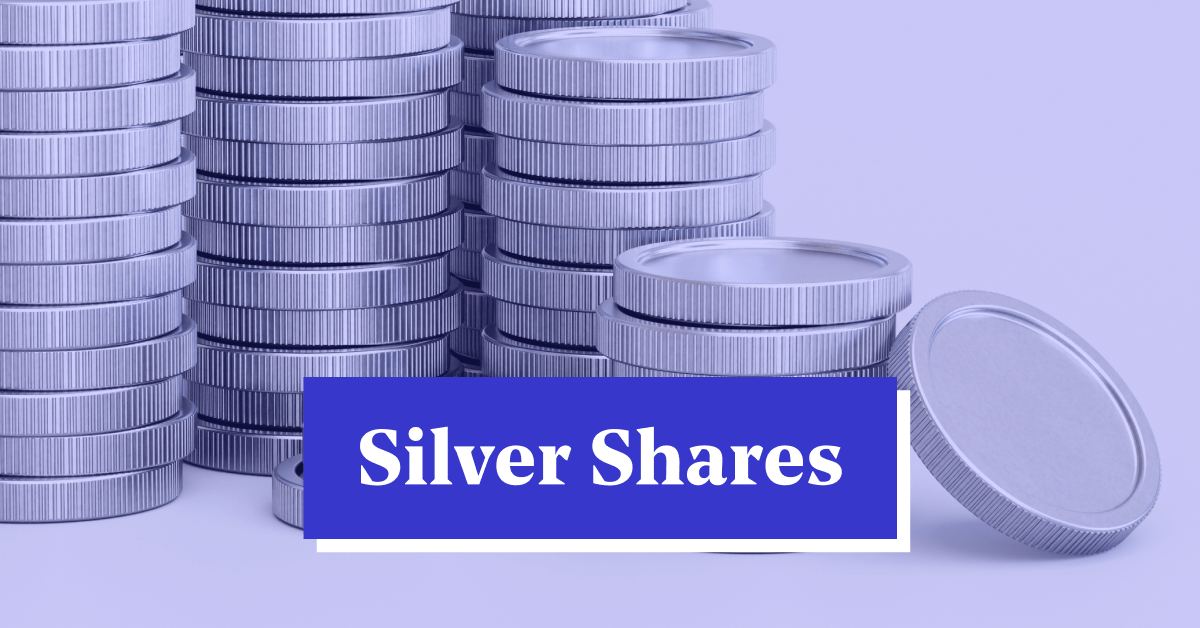SILV Stock Price Analysis: A Firm Assessment
Silv stock price – The iShares Silver Trust (SILV) is a popular exchange-traded fund (ETF) that tracks the price of silver. Understanding its price movements requires a comprehensive analysis of various macroeconomic factors, market conditions, and the fund’s underlying performance. This analysis provides a firm assessment of SILV’s current state and potential future trajectories, avoiding speculative claims and focusing on data-driven insights.
Current SILV Stock Price & Market Context
As of [Insert Current Date], the SILV stock price stands at [Insert Current Price] with a trading volume of [Insert Current Volume]. This compares to a 52-week high of [Insert 52-Week High] and a 52-week low of [Insert 52-Week Low]. The current precious metal market is influenced by [Describe current market conditions, e.g., inflation concerns, interest rate hikes, geopolitical instability].
These conditions exert significant pressure on silver prices, creating volatility.
| Price | Date | Volume | Change |
|---|---|---|---|
| [Price 1 Month Ago] | [Date 1 Month Ago] | [Volume 1 Month Ago] | [Percentage Change from Current Price] |
| [Price 3 Months Ago] | [Date 3 Months Ago] | [Volume 3 Months Ago] | [Percentage Change from Current Price] |
| [Price 1 Year Ago] | [Date 1 Year Ago] | [Volume 1 Year Ago] | [Percentage Change from Current Price] |
Factors Influencing SILV Stock Price
Several key factors significantly impact silver prices and, consequently, SILV’s performance. These factors interact in complex ways, making precise prediction challenging but not impossible with careful analysis.
- Macroeconomic Factors: Inflationary pressures often drive investment in precious metals like silver as a hedge against currency devaluation. Conversely, rising interest rates can decrease demand as investors seek higher returns in fixed-income instruments.
- Industrial Demand: Silver’s industrial applications in electronics, solar panels, and other technologies significantly influence its price. Increased industrial demand typically boosts prices.
- Investment and Physical Demand: Investment demand, largely driven by ETFs like SILV, contributes to price fluctuations. Physical demand from jewelry and silverware manufacturing also plays a role, though often less volatile than investment demand.
- Geopolitical Events: Global political instability and uncertainty often lead to increased investment in safe-haven assets, including silver, driving up prices.
SILV Stock Price Prediction & Forecasting

Source: seekingalpha.com
Short-term forecasting (1-3 months) for SILV is inherently uncertain. However, based on the current macroeconomic environment (e.g., [Specific Macroeconomic Condition], [Another Macroeconomic Condition]), a price range of [Price Range] is plausible. This prediction assumes [List Assumptions, e.g., stable industrial demand, moderate inflation].
A hypothetical chart illustrating potential price scenarios would feature a time axis (1-3 months) and a price axis (in USD). Three lines could represent: a best-case scenario (assuming strong economic growth and increased investment demand), a base-case scenario (assuming current market conditions persist), and a worst-case scenario (assuming a significant economic downturn and decreased demand). Data points would represent predicted prices at various time intervals, and trend lines would connect these points to illustrate the potential price trajectory under each scenario.
Factors leading to price increases include strong industrial demand, heightened inflation, and geopolitical uncertainty. Conversely, price decreases could result from rising interest rates, decreased investment demand, or a strengthening US dollar.
Significant news events, such as unexpected changes in interest rates or major geopolitical developments, could substantially alter the predicted price trajectory. For example, a sudden escalation of [Geopolitical Event] could trigger a significant price surge, while a surprise interest rate cut could lead to a price decline.
Company Performance & Financial Health

Source: investors.com
SILV, being an ETF, doesn’t have its own financial performance in the traditional sense. However, assessing the financial health of the companies whose silver holdings contribute to the ETF’s value is crucial. This involves analyzing key metrics like revenue, profit margins, and production levels for major silver mining companies.
Comparing SILV’s performance to other precious metal ETFs (e.g., gold ETFs) provides valuable insights into the relative attractiveness of silver as an investment. Key financial ratios to consider include the expense ratio (reflecting the ETF’s management fees) and the trading volume (indicating liquidity). Investing in SILV carries risks associated with silver price volatility and the overall performance of the silver mining sector.
However, opportunities exist for investors seeking diversification and exposure to the precious metals market.
Investment Strategies & Risk Management

Source: smallcase.com
Several investment strategies can be employed when trading SILV. These strategies offer varying levels of risk and potential returns.
- Buy-and-Hold: A long-term strategy involving purchasing and holding SILV shares regardless of short-term price fluctuations.
- Dollar-Cost Averaging: Investing a fixed amount of money at regular intervals, regardless of price, to reduce the impact of volatility.
- Options Trading: Employing options contracts to speculate on price movements or hedge against potential losses.
Investing in silver carries inherent risks, including price volatility and potential for loss. Risk mitigation strategies include diversification across asset classes (e.g., stocks, bonds, real estate), careful consideration of investment time horizons, and avoiding emotional decision-making. Diversification could involve investing in other precious metals (gold, platinum), other commodities, or even alternative assets.
Calculating potential returns and risk involves considering factors like the initial investment amount, the holding period, and the expected price appreciation (or depreciation). For instance, a [Example Calculation] scenario illustrates the potential impact of various price movements on investment outcomes.
Question & Answer Hub
What is the minimum investment amount for SILV?
The minimum investment amount depends on your brokerage account and the type of investment (e.g., buying shares directly versus using an ETF). Check with your broker for specifics.
How often is the SILV price updated?
The SILV price is updated continuously throughout the trading day, reflecting real-time market activity.
Are there any tax implications for investing in SILV?
Yes, capital gains taxes apply to profits earned from selling SILV. Consult a tax professional for personalized advice.
What are the potential downsides of investing in SILV?
Potential downsides include price volatility, susceptibility to macroeconomic factors, and the risk of losing your initial investment.